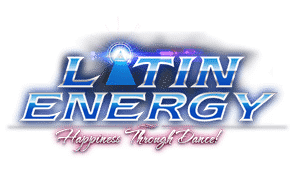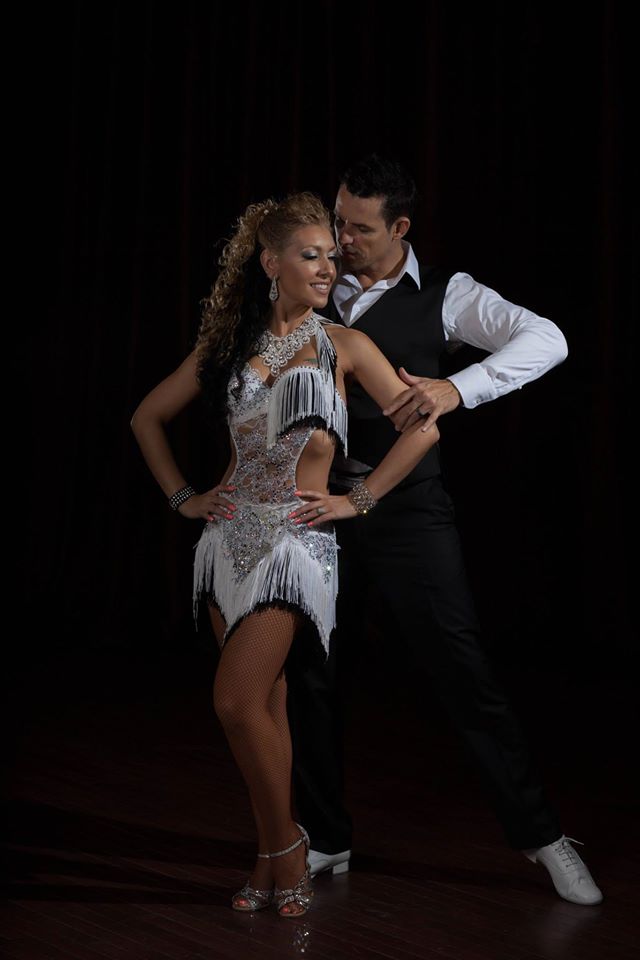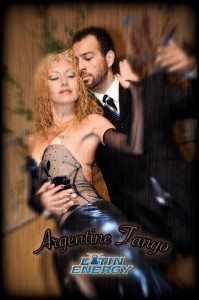Argentine Tango Toronto Lessons. Toronto Style Technique Classes World Champ. This page is about Argentine Tango History and differences in styles, technique concentrations. And will give a better understanding of Tango history, plus all related topic you will find on our page with associated links, feel free to send us an email with your Tango dance related questions! Our Tango team will share best directions to your specific answer. We are looking forward
Argentine Tango Toronto Lessons | Toronto Style Technique Classes
Argentine Tango Toronto Lessons Toronto Style Technique Classes
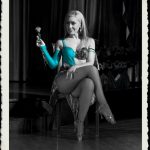
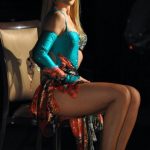
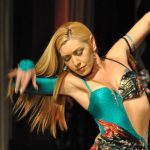
World Champions Grou – Dancing Lessons School Explains Best Argentine Tango Toronto History
https://www.latinenergydance.com/argentine-tango-dance-school-explains-lessons/
World Champions Dancing School Explains Best in Group Classes Argentine Tango Toronto shares History. History of Tango dance and tango music originated in the area of the Rio de la Plata, and spread to the rest of the world soon after.[1]. Early tango was known as tango criollo, or simply tango. Today, there are many tango dance styles. Most popular being:
- Tango Salon
- Tango Nuevo
- Tango Fantasia (Show / Stage Tango)
- Tango Milonguero
Argentine Tango STYLES:
The Tango consists of a variety of styles that developed in different regions and eras of Argentina as well as in other locations around the world. The dance developed in response to many cultural elements, such as the crowding of the venue and even the fashions in clothing. The styles are mostly danced in either open embrace, where lead and follow have space between their bodies, or close embrace, where the lead and follow connect either chest-to-chest (Argentine tango) or in the upper thigh, hip area(American and International tango).
Argentine Tango Toronto Lessons Toronto Style Technique Classes World Champions Dance School Explains Argentine Tango History(part 2)
Best Tango Style Group Classes Dancing Technique Lessons and Different styles of Tango are:
- * Tango argentino
- Tango canyengue
- Tango Oriental Uruguayan tango
- Tango liso
- Tango salon
- Tango orillero
- Tango camacupense (Angola)
- Tango milonguero (Tango apilado)
- Tango Nuevo (New Tango)
- Show Tango (also known as fantasia)
- Ballroom tango
- Finnish tango
These are danced to several types of music:
* Tango
* Vals (the tango version of waltz)
* Milonga (a related dance that usually has a faster tempo)
* Tango Electronico
* “Alternative tango”, i.e. non-tango music appropriated for use in the dance of music
Toronto Argentine Tango Lessons Dancing World Champions Dance School Explains Argentine Tango Salon Tango History
- Tango Salon does not refer to a single specific way of dancing tango. Rather, it is literally tango as it is danced socially in the salons (dance halls) of Buenos Aires.
- Salon tango was danced throughout the Golden Era of Argentine Tango (1935 -1952) when milongas (tango parties) were held in large dance venues and full tango orchestras performed.
- Salon tango is often characterized by slow, measured, and smoothly executed moves, never moving against the line-of-dance, and respecting the space of other dancers on the floor around them.
- The emphasis is on precision, smoothness, musicality, good navigation, and following the codigos (tango etiquette) of the salons.
- The couple embraces closely, with some variants having a flexible embrace, opening slightly to make room for various figures and closing again for support and poise.
- The walk is the most important element, and dancers usually walk 60%-70% of the time during a tango song.
Argentine Tango Milonguero
The “milonguero” style is characterized by a very close embrace, small steps, and syncopated rhythmic footwork. It is based on the petitero or caquero style of the crowded downtown clubs of the ’50s.
- In contrast, the tango that originated in the family clubs of the suburban neighborhoods (Villa Urquiza/Devoto/Avellaneda etc.) emphasizes long elegant steps, and complex figures.
- In this case the embrace may be allowed to open briefly, to permit execution of the complicated footwork.
- The complex figures of this style became the basis for a theatrical performance style of Tango seen in the touring stage shows.
- For stage purposes, the embrace is often very open, and the complex footwork is augmented with gymnastic lifts, kicks, and drops.
- A newer style sometimes called tango nuevo or “new tango”, has been popularized in recent years by a younger generation of dancers.
- The embrace is often quite open and very elastic, permitting the leader to lead a large variety of very complex figures.
- This style is often associated with those who enjoy dancing to jazz- and techno-tinged “alternative tango” music, in addition to traditional Tango compositions.
Vals and milonga
- Argentine tango dancers usually enjoy two other related dances: Vals (waltz) and Milonga.
- Music for the Vals is in 3/4 time but otherwise very similar to tango music.
- ango dancers dance the Vals much like they do tango only often with a waltz rhythm that has one beat per measure.
- This produces a rather relaxed, smooth flowing dancing style in contrast to Viennese Waltz where the dancers often take 3 steps per measure and turn almost constantly.
- Experienced dancers alternate the smooth one-beat-per-measure walk with some double time steps (often incorrectly called syncopated walks), stepping on one- two- or (rarely) all three beats in a measure.
- Vals is characterized by its lack of pauses; continual turns (giros) in both directions are not done as in ballroom quick waltz, although turns are sometimes introduced for variety.
Milonga,(in 2/4 time) has a strongly accented beat, and sometimes an underlying “habanera” rhythm. - Dancers avoid pausing, and often introduce double time steps (incorrectly called syncopation and more appropriately called traspies) into their walks and turns.
- Milonga dancing uses the same basic elements as tango, with a strong emphasis on the rhythm, and figures that tend to be less complex than some danced in other varieties of tango. Some tango instructors say that tango steps should not be used in milonga and that milonga has its own special rhythm and steps, which are quite different from tango.
- Milonga is also the name given to clubs and events specially for dancing tango.
- This double meaning of the word milonga can be confusing unless one knows the context in which the word “milonga” is used. People who dance at milongas are known as milongueros.
Argentine Tango Toronto Technique Lessons | LATIN ENERGY Dance Company
Join Argentine Tango Toronto Lessons Dance Style Technique Classes

Related articles You May Also Like…
Toronto Tango Technique Lessons | LATIN ENERGY Dance Company
Toronto Argentine Tango Dance School | Best Tango Dance Lessons
]]
Toronto Argentine Tango Dance Lessons | LATIN ENERGY Dance Company
Argentine Tango Toronto Technique Lessons | Best Toronto Tango Dance Classes
Argentine Tango Toronto Lessons | Toronto Style Technique Classes
